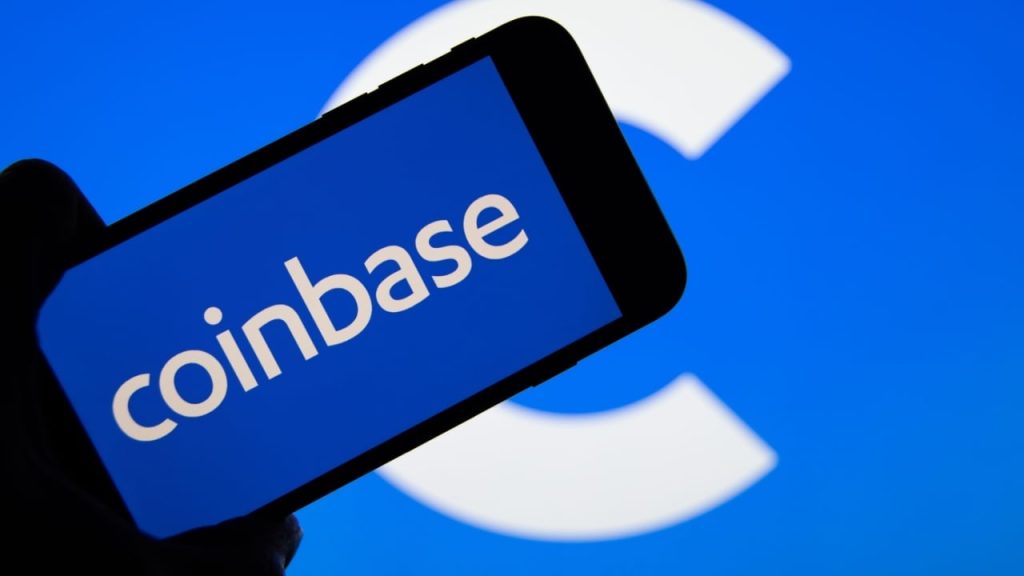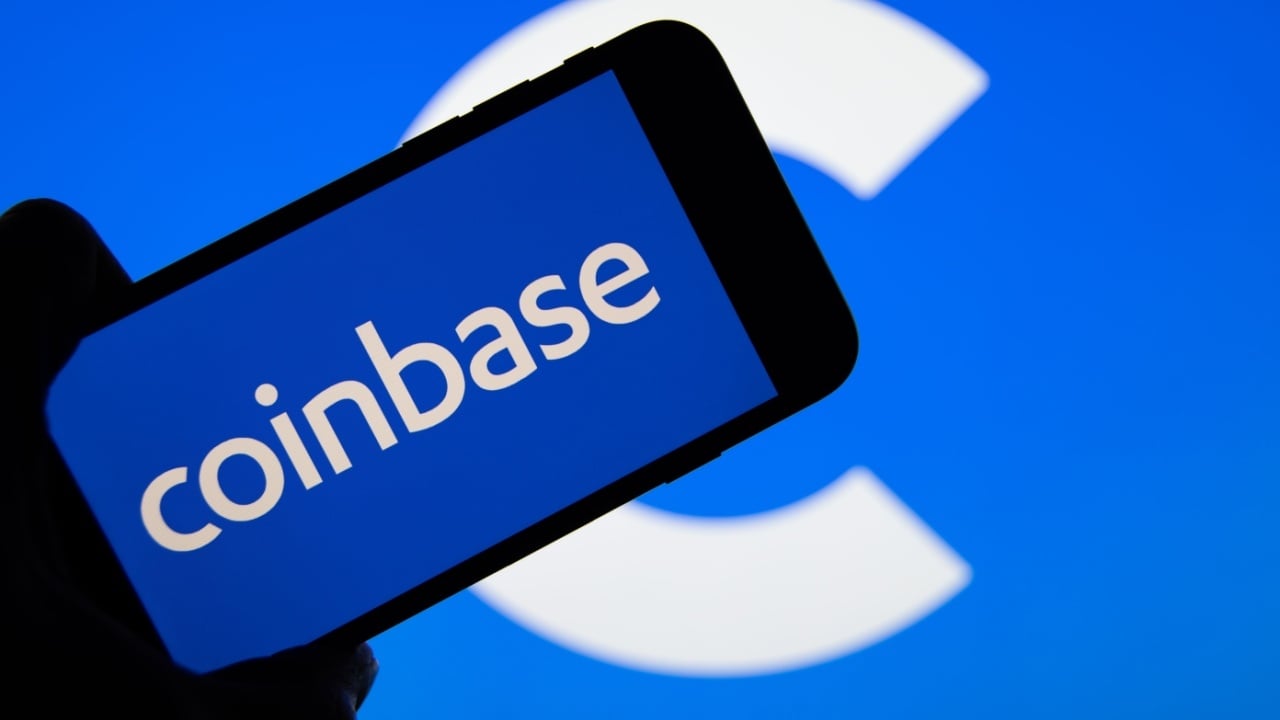
Coinbase’s acquisition of Liquifi represents a pivotal moment in the evolution of digital asset infrastructure. This strategic move underscores Coinbase’s ambition to dominate the end-to-end lifecycle of tokenized assets, from creation to compliance. By integrating Liquifi’s token management platform, Coinbase is not only enhancing its service offerings but also addressing critical pain points for both emerging crypto projects and institutional investors.
Streamlining Token Creation and Management
The process of launching a token is fraught with complexities, ranging from technical implementation to regulatory compliance. Liquifi’s platform simplifies this process by providing tools for token cap table management, vesting schedules, and compliance. For early-stage projects, these tools are invaluable, as they reduce the operational burden and allow founders to focus on growth and innovation. By integrating Liquifi, Coinbase can offer a seamless experience for projects looking to launch tokens on its platform. This simplification is expected to attract a larger volume of projects, increasing transaction volumes and reinforcing Coinbase’s position as a leading exchange.
Strengthening Compliance and Security
In an industry where regulatory scrutiny is increasing, compliance is non-negotiable. Liquifi’s automated compliance tools help projects navigate the complex web of regulations, ensuring they adhere to all applicable laws. This is particularly important for early-stage projects that may lack the resources or expertise to handle compliance internally. By integrating Liquifi, Coinbase enhances its own compliance capabilities, providing a safer and more secure environment for its users. This move is likely to attract institutional investors, who prioritize security and regulatory compliance when choosing a platform for managing digital assets.
Catering to Institutional Demand
Coinbase has been actively courting institutional investors, and the acquisition of Liquifi aligns perfectly with this strategy. Institutions require secure, scalable, and compliant solutions for managing digital assets. Liquifi’s platform adds operational depth to Coinbase’s existing token listing and custody services, making it a more attractive platform for institutional investors. This move positions Coinbase to capitalize on the rising global interest in digital assets among institutional players, further solidifying its position in the crypto ecosystem.
Liquifi’s Market Traction and Customer Base
Liquifi has established itself as a leading token management platform, serving a diverse clientele, including notable projects like Uniswap Foundation, OP Labs (Optimism), Zora, and Ethena. The platform has raised \$5 million, demonstrating its market traction and potential. By acquiring Liquifi, Coinbase gains access to this technology and its existing customer base, further solidifying its position in the crypto ecosystem. This acquisition not only enhances Coinbase’s service offerings but also expands its reach within the crypto community.
Coinbase’s Broader Acquisition Strategy
The acquisition of Liquifi is part of a broader trend of consolidation in the crypto industry. Coinbase has been actively acquiring companies to expand its offerings and strengthen its market position. In 2024, Coinbase acquired three companies, and the pace has accelerated in 2025, with Liquifi being the fourth acquisition. Previous acquisitions, such as Spindl, Iron Fish, and Deribit, demonstrate Coinbase’s commitment to building a comprehensive ecosystem for digital assets. These acquisitions cater to the needs of both retail and institutional investors, positioning Coinbase as a one-stop solution for all digital asset needs.
Market Reaction and Future Implications
The market has responded positively to Coinbase’s acquisition strategy. News of the Liquifi acquisition sent Coinbase’s stock soaring, reflecting investor confidence in the company’s ability to execute its strategic vision. This positive market reaction underscores the importance of strategic acquisitions in the competitive crypto landscape. The acquisition also signals a shift towards greater institutional involvement in the crypto market, as Coinbase caters to the needs of institutional investors.
Increased Competition and Regulatory Scrutiny
Coinbase’s growing dominance in the crypto space could lead to increased competition among exchanges. Other exchanges may need to make similar acquisitions to remain competitive, driving further consolidation in the industry. This increased competition could ultimately benefit consumers by leading to lower fees and better services. However, as Coinbase becomes a more significant player in the crypto industry, it is likely to face greater regulatory scrutiny. Regulators will be closely watching Coinbase’s acquisitions and their impact on the market. This increased regulatory scrutiny could lead to stricter rules and regulations for the crypto industry, which could have both positive and negative consequences.
Conclusion: A Strategic Masterstroke
Coinbase’s acquisition of Liquifi is a strategic masterstroke that strengthens its position as a leading crypto exchange. By simplifying token launches, enhancing compliance, and catering to institutional demand, Coinbase is well-positioned to capitalize on the growing adoption of digital assets. While the acquisition may lead to increased competition and regulatory scrutiny, the long-term benefits for Coinbase and the crypto industry are significant. This move signals a maturing market, one where infrastructure and compliance are as important as the underlying technology. Coinbase is not just building an exchange; it is building the foundation for the future of finance. The dawn of tokenized assets is upon us, and Coinbase is at the forefront of this revolution.





